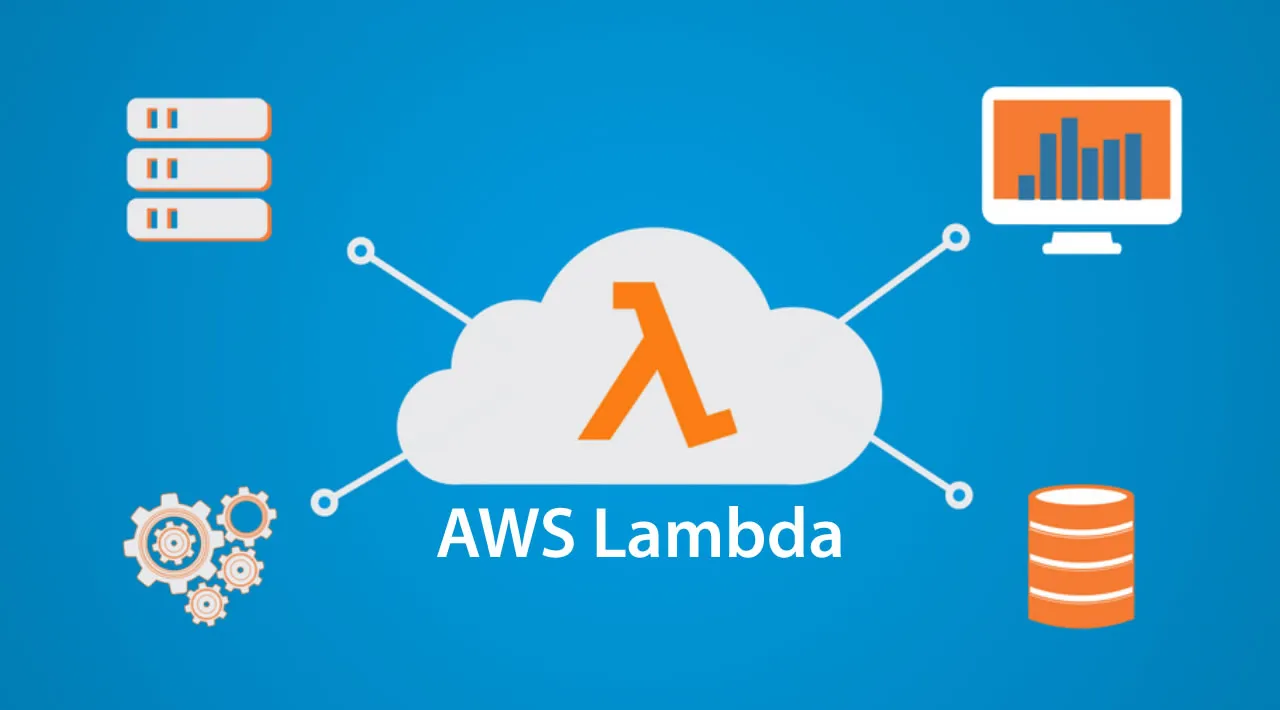AWS Lambda is an event-driven, serverless cloud computing service provided by Amazon, a part of the Amazon Web Services. It responds to multiple events like uploading files to S3, clicks on websites, etc. Then, it takes action based on the trigger.
AWS Lambda supports multiple programming languages, such as Node, Python, C## (using dot net core), etc. For each of them, multiple runtime versions are supported. For example, it is possible to develop Python applications that target multiple versions of the runtime (3.6, 3.7, and 3.8).
Lambda functions are also known as serverless, as you do not need provisioning any infrastructure to run your applications. You can just write the code, deploy it to Lambda, and get it executed.
This article will discuss the packaging and deployment of custom libraries. Also, it will highlight the efficient usage of Layers in Lambda to reuse those libraries. We’ll focus on concepts explained by Python, but the approaches apply to other programming languages supported by Lambda as well.
#programming #aws #aws lambda #python
